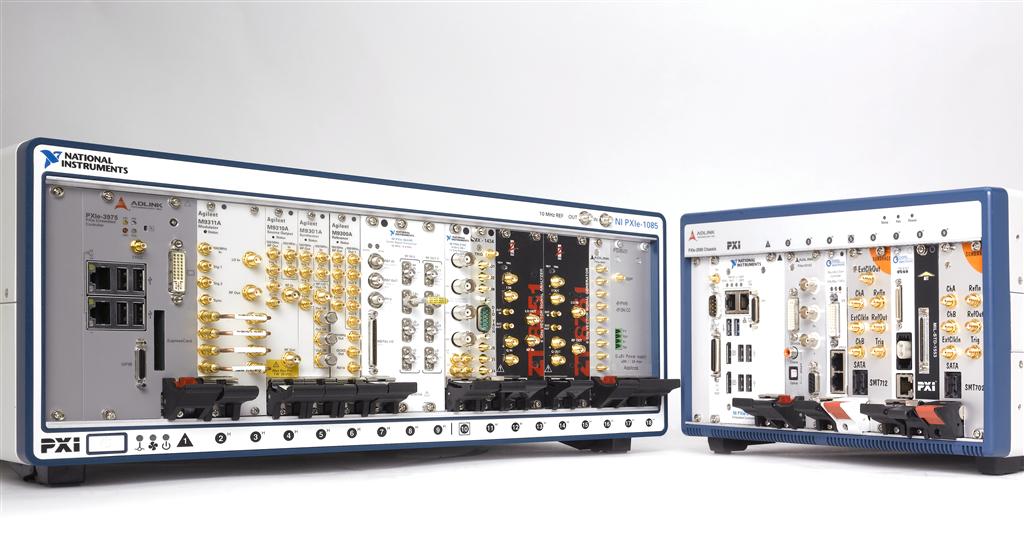Description
The National Instruments BNC-2080 Analog Breakout Board is a part of the BNC-208X Series and carries the part number 776579-90 when ordered without a cable. It does not require any external software and utilizes the existing DAQ board software for operation. Compatible with systems such as Macintosh NuBus (NB Series), PC/XT/AT, and IBM PS/2 Micro Channel (MC Series), the board supports both Windows and MAC operating systems.
This board is designed to facilitate up to 16 single-ended (SE) or 8 differential analog input channels, providing flexibility for various data acquisition needs. It also features 24 BNC connectors for analog signal connections and includes two male 50-pin connectors for ribbon-cable interfacing. On-board, there are designated spaces for capacitors and resistors to create voltage dividers, and single-pole low-pass and high-pass filters, which aid in tailored signal conditioning.
When it comes to power requirements, the BNC-2080 Analog Breakout Board operates on +5 VDC, with a typical current draw of 12 mA and a maximum current capacity of 750 mA, ensuring efficient consumption from the host computer.
| Specification | Details |
|---|---|
| Product Name | National Instruments BNC-2080 Analog Breakout Board |
| Part Number (Board Only) | 776579-90 |
| Series | BNC-208X Series |
| Software Requirement | No external software needed; Uses DAQ board software |
| Compatible Systems | Macintosh NuBus (NB Series), PC/XT/AT, IBM PS/2 Micro Channel (MC Series) |
| Supported Operating Systems | Windows, MAC |
| Signal Connections | 16 SE or 8 differential analog input channels |
| On-Board Components | Spots for capacitors and resistors for voltage dividers, low-pass, and high-pass filters |
| Number of BNC Connectors | 24 |
| Ribbon-Cable Connectors | Two male 50-pin connectors |
| Power Consumption | +5 VDC |
| Typical Current | 12 mA |
| Maximum Current | 750 mA |
Q1: What types of analog input channels does the National Instruments BNC-2080 Analog Breakout Board support, and what are its power requirements?
A1: The National Instruments BNC-2080 Analog Breakout Board is compatible with Macintosh NuBus (NB Series), PC/XT/AT, and IBM PS/2 Micro Channel (MC Series) computer systems, and supports both Windows and MAC operating systems.
Q2: What type of computer systems is the National Instruments BNC-2080 Analog Breakout Board designed to be compatible with, and what are its supported operating systems?
A2: The National Instruments BNC-2080 Analog Breakout Board carries the part number 776579-90, is compatible with both Windows and MAC operating systems, and can interface with Macintosh NuBus (NB Series), PC/XT/AT, and IBM PS/2 Micro Channel (MC Series) computers.
Q3: What are the compatible computer systems and operating systems for the National Instruments BNC-2080 Analog Breakout Board?
A3: The National Instruments BNC-2080 Analog Breakout Board supports up to 16 single-ended (SE) or 8 differential analog input channels and manages signal conditioning through designated on-board spaces for capacitors and resistors to create custom voltage dividers, and single-pole low-pass and high-pass filters.
Q4: What types of analog input channels does the National Instruments BNC-2080 Analog Breakout Board support, and how does it manage signal conditioning?
A4: The National Instruments BNC-2080 Analog Breakout Board is designed to be compatible with Macintosh NuBus (NB Series), PC/XT/AT, and IBM PS/2 Micro Channel (MC Series) computer systems, and it supports both Windows and MAC operating systems.
Q5: What is the part number and compatible operating systems for the National Instruments BNC-2080 Analog Breakout Board, and what types of computers can it interface with?
A5: The National Instruments BNC-2080 Analog Breakout Board supports up to 16 single-ended or 8 differential analog input channels and requires a power supply of +5 VDC, with a typical current draw of 12 mA and a maximum current capacity of 750 mA.



